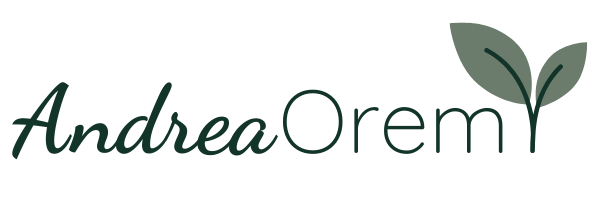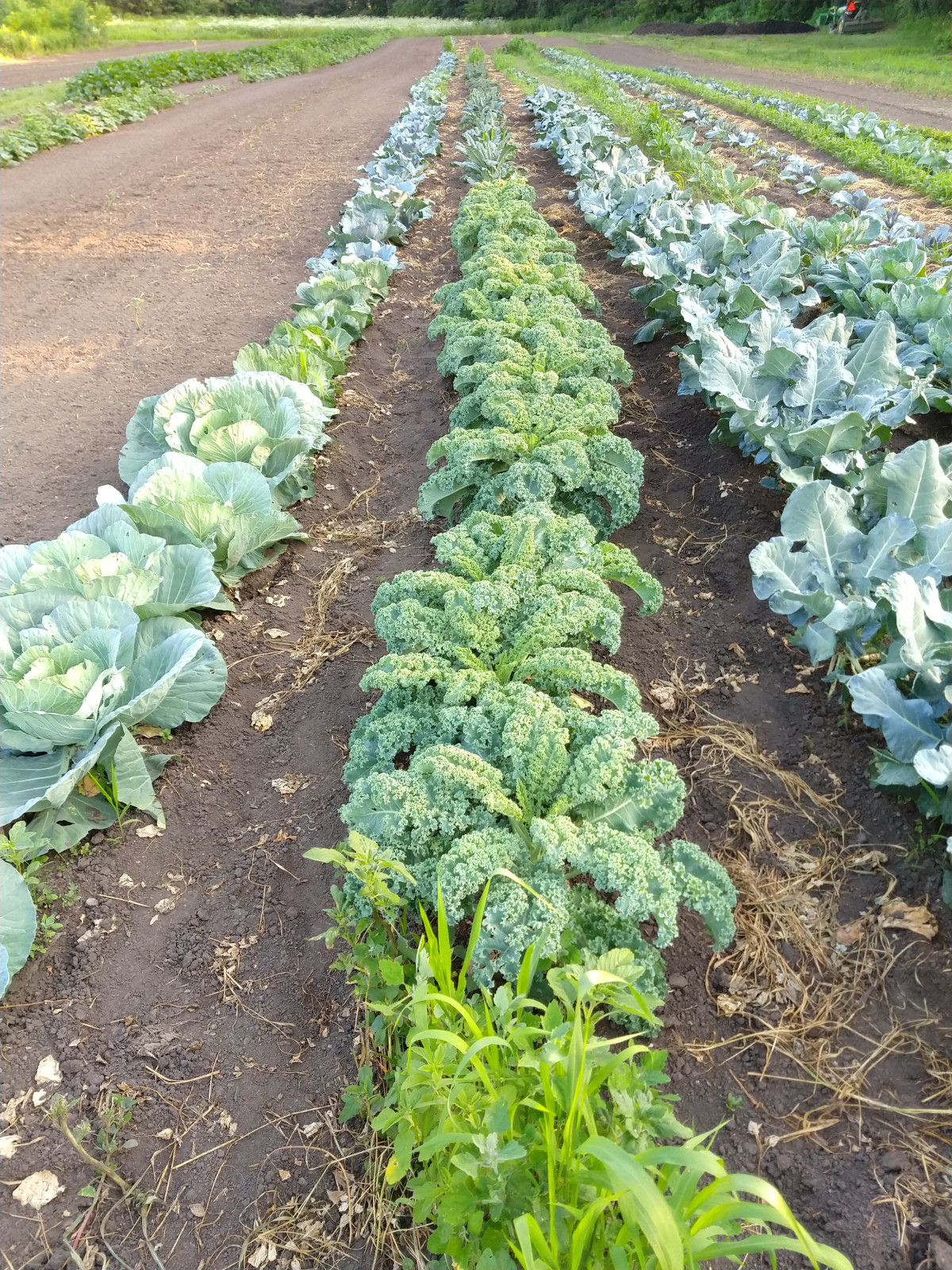
Embrace Whole Foods
- Fruits and Vegetables: Aim for organic produce to minimize pesticide exposure. Leafy greens, berries, and colorful veggies are packed with vitamins and antioxidants.
- Quality Proteins: Choose grass-fed and pasture-raised meats, wild-caught fish low in mercury, and organic eggs. These sources are rich in essential amino acids and nutrients.
- Healthy Fats: Incorporate avocados, nuts, seeds, and olive oil to support hormone production and fetal brain development.
- Whole Grains: Opt for whole grains like quinoa, brown rice, Einkorn, and oats in moderation to provide energy and fiber.
Prioritize Key Nutrients
Folate
Choline
DHA
Vitamin D
Iron
Calcium
Superfoods to Include
- Berries: Blueberries and strawberries offer antioxidants that combat oxidative stress.
- Leafy Greens: Spinach, kale, and broccoli are rich in vitamins A, C, K, folate, and iron.
- Sweet Potatoes: High in beta-carotene (which converts to vitamin A), they support fetal growth.
- Eggs: A great source of protein and choline; they help with brain development.
- Nuts and Seeds: Almonds and chia seeds provide healthy fats, protein, and fiber.
- Legumes: Beans and lentils are excellent sources of protein, iron, folate, and fiber.
Natural Supplements
- High-Quality Prenatal Vitamin: Ensure it contains essential nutrients like folate, iron, and DHA.
- Probiotics: Support gut health with probiotics to promote a healthy microbiome.
- Magnesium: Helps with leg cramps and constipation; found in nuts, seeds, and leafy greens. I also use a magnesium spray on my feet at night.
- Collagen Peptides: Support skin elasticity and joint health during pregnancy.
Lifestyle Factors
- Stay Hydrated: Drink plenty of filtered water throughout the day.
- Avoid Processed Foods: Minimize intake of artificial additives and refined sugars.
- Listen to Your Body: Cravings can indicate nutrient needs; trust your instincts.
- Gentle Exercise: Engage in prenatal yoga or walking to promote overall well-being.
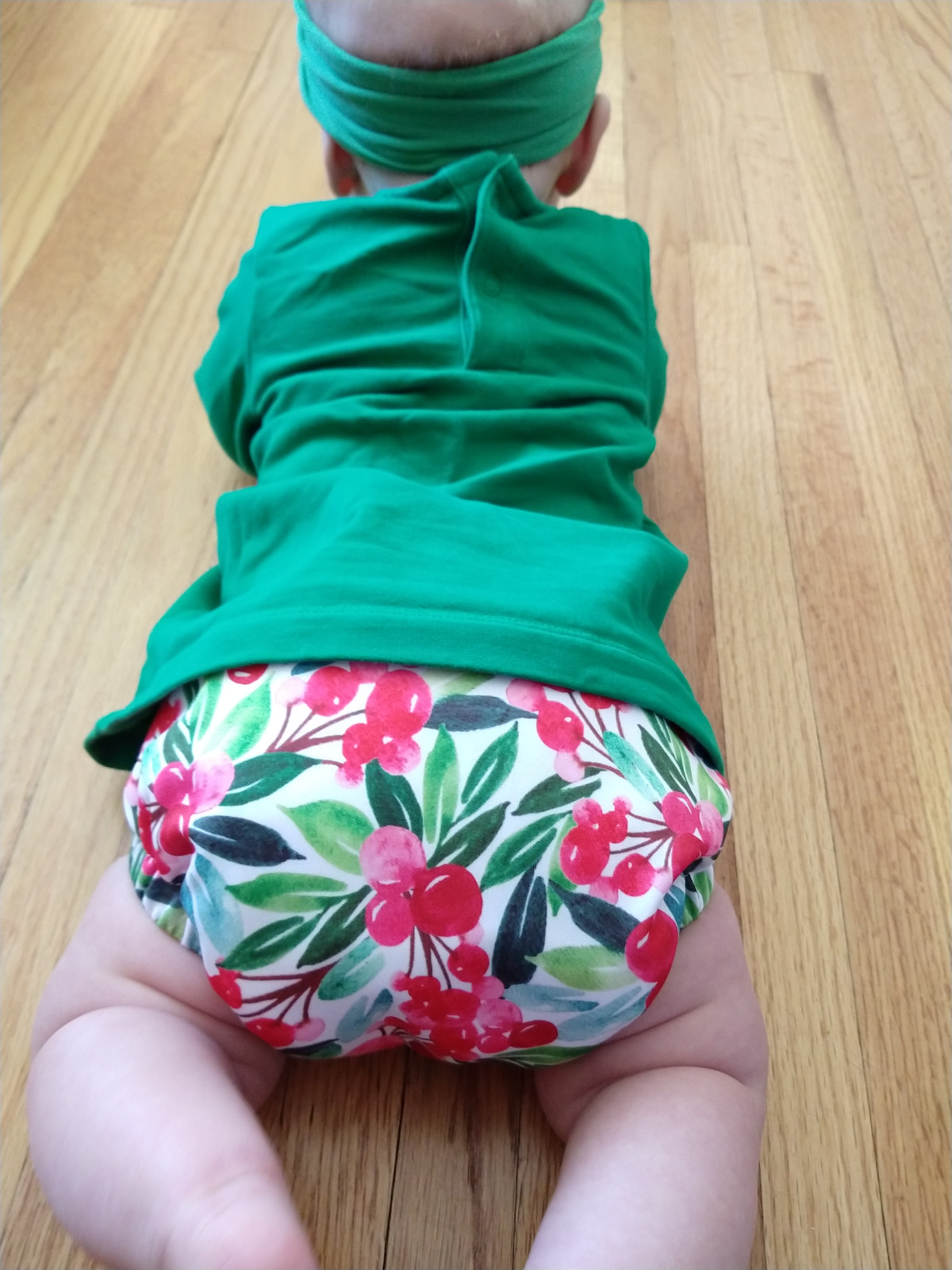
Understanding Fever in Babies
When to Seek Medical Care for Baby Fever
- If your baby is under 3 months old with any fever
- For babies 3-6 months old with a temperature above 102°F (38.9°C)
- If the fever persists for more than 24 hours in babies under 2 years old
- If your child shows signs of dehydration, difficulty breathing, or unusual lethargy
Natural Fever Management for Babies
Herbal Remedies for Baby Fever
- Chamomile tea (for babies over 6 months)
- Lemon balm
- Catnip
Supporting Natural Detoxification
- Warm baths with a small amount of Epsom salts (for babies over 6 months)
- Gentle massage to stimulate lymphatic flow
Homeopathic Remedies for Baby Fever

1. You Are in Control of Your Care: Choose Wisely and Advocate
2. Choose Your Toothpaste Carefully: Focus on Natural Ingredients and Remineralization
3. Keep Plastics Out of the Mouth When Possible
My Top 8 Slow Fashion Natural Baby Clothes Brand Favorites: Organic Cotton & Ethically Sourced Linen

Why Choosing Slow Fashion and Natural Baby Clothes Matters
- Health and Safety: Babies have sensitive skin that can react to harsh chemicals found in conventional clothing. Natural fibers like organic cotton and ethically sourced linen are free from harmful pesticides and toxins, making them safer for our little ones.
- Environmental Impact: The fashion industry is one of the largest polluters in the world. By opting for sustainable brands that use eco-friendly materials and ethical production methods, we are helping to reduce waste and pollution, contributing to a healthier planet.
- Support for Ethical Practices: Many slow fashion brands prioritize fair labor practices, ensuring that workers are paid fairly and work in safe conditions. Supporting these brands means we are advocating for social responsibility in the fashion industry.
- Durability and Longevity: Natural fabrics are often more durable than synthetic alternatives, meaning they can withstand the wear and tear of baby life. This durability makes them ideal for hand-me-downs, reducing waste and promoting a circular economy.
- A Positive Example: By choosing sustainable and ethical clothing for our babies, we set a positive example for future generations. Teaching children about the importance of sustainability and ethical consumption can instill values that last a lifetime.
1. Burt's Bees Baby: Affordable Organic Comfort
- 100% GOTS-certified organic cotton for reliable quality
- Adorable designs at affordable prices
- Durable garments perfect for hand-me-downs
- Easy-to-use footed onesies and zip-up rompers for quick dressing
2. Finn + Emma: Whimsical and Ethical
- 100% organic cotton and eco-friendly dyes
- Fair trade production practices that support ethical sourcing
- Unique designs with natural wood accessories
- Perfect for parents seeking ethically-made, stylish baby apparel
3. Primary: Colorful Basics for Easy Mix-and-Match
- GOTS-certified organic cotton clothing
- Vibrant, solid colors for easy outfit coordination
- Budget-friendly options under $30
- Tagless designs and pre-washed fabrics for maximum comfort (great for sensitive skin & sensory needs!)
4. Aster & Oak: Australian Organic Elegance
- Soft, natural fabrics with beautiful designs
- GOTS-certified materials that are ethically sourced
- Ethical production practices
- Functional and stylish options for eco-conscious parents
5. Colored Organics: Comfort with a Cause
- Wide range of organic cotton baby and kids' clothes
- Super cozy, hypoallergenic fabrics for sensitive skin
- Socially responsible business model helping children in need
- Diverse collections including muslin and ethically sourced linen options
6. Kate Quinn: Luxurious Organic Fashion
- GOTS-certified organic cotton and eco-friendly dyes
- Ethically sourced materials ensuring safe production
- Vibrant colors and playful patterns
- High-quality, unique designs popular among parents seeking premium organic baby clothes
7. Toby Tiger: Fun and Colorful Designs
- 100% organic cotton clothing
- Bright colors and fun patterns that make dressing enjoyable
- Commitment to ethical production practices
- Durable and comfortable options that withstand active play
8. MakeMake Organics: Minimalist and Gender-Neutral
- GOTS-certified organic cotton clothing
- Modern, calming designs
- Gender-neutral options
- Focus on simplicity, comfort, and ethically sourced fabrics

1. Nourish Your Body with Nutrient-Dense Whole Foods
- Colorful fruits and vegetables for vitamins and antioxidants (whole food purees are good too!!)
- Lean proteins for muscle development
- Whole grains for sustained energy
- Healthy fats, especially omega-3s, for brain development
2. Supplement Wisely with Prenatal Vitamins
- Essential folate for neural tube development
- Iron for increased blood volume
- Calcium and vitamin D for bone health
- Easy-to-take gummy form for better compliance
3. Educate Yourself on Natural Childbirth
- The physiology of natural labor
- Techniques for managing pain naturally
- Inspiring birth stories
- Tips for creating a supportive birth environment
4. Maintain an Active Lifestyle
- Improved mood and energy levels
- Better sleep quality
- Preparation for labor and delivery
- Faster postpartum recovery
5. Master Relaxation Techniques
- Deep breathing exercises
- Prenatal meditation
- Progressive muscle relaxation
- Prenatal massage
6. Stay Hydrated for Two
- Amniotic fluid maintenance
- Nutrient transportation
- Toxin elimination
- Preventing common pregnancy discomforts
7. Trust Your Instincts and Listen to Your Body
- Rest when you're tired
- Eat when you're hungry
- Seek medical advice if something feels off
8. Incorporate Music for Prenatal Bonding
- Classical music may enhance fetal brain development
- Singing to your baby can strengthen the maternal-fetal bond
- Calming melodies can reduce maternal stress and anxiety
9. Research Various Feeding Methods
- Breastfeeding: Learn about techniques, benefits, and potential challenges. Resources like La Leche League or certified lactation consultants can provide valuable information and support. I wrote a blog post of my own recommendations you can check out here!
- Formula feeding: Understand the types of formula available, preparation methods, and how to choose the right one for your baby.
- Combination feeding: Research how to successfully combine breast milk and formula, including maintaining milk supply and introducing bottles.
Conclusion

- "The Womanly Art of Breastfeeding" by La Leche League International: Often considered the "bible" of breastfeeding resources, this comprehensive guide covers everything from preparing for breastfeeding during pregnancy to weaning.
- "Ina May's Guide to Breastfeeding" by Ina May Gaskin: Written by a renowned midwife, this book combines medical facts with real-life stories, offering practical advice on achieving a good latch, overcoming common difficulties, and understanding the emotional aspects of breastfeeding.
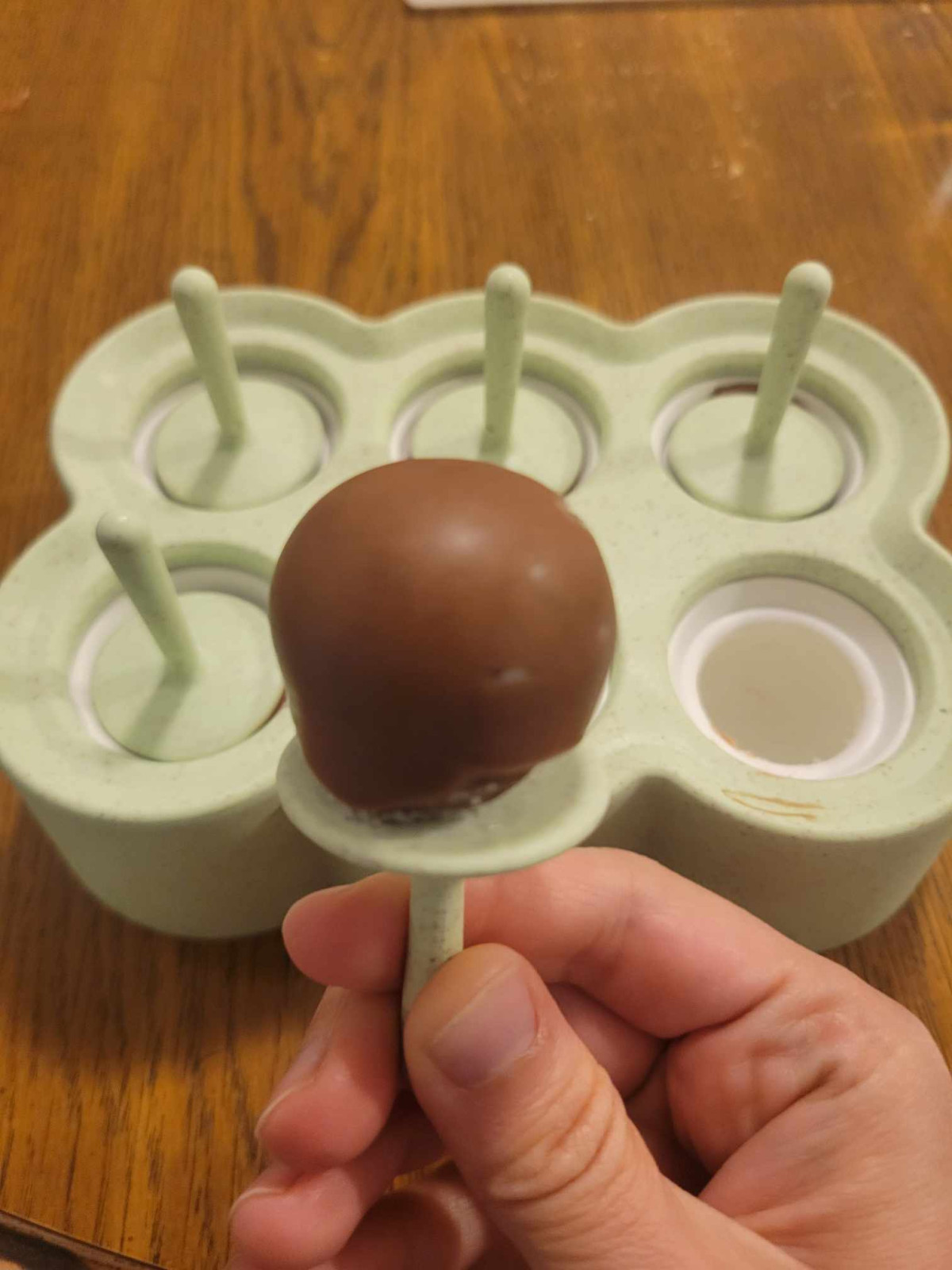
Why Avocado?
The Recipe
Ingredients:
- 2 ripe avocados
- 1/3 cup unsweetened cocoa powder
- 1/2 cup honey or maple syrup (adjust to taste)
- 1 cup greek yogurt (or yogurt of choice) -- learn how to make yogurt!
- 2 tsp vanilla extract -- learn how to make vanilla extract!
- 1/4 tsp salt
- Optional: 1/4 cup dark chocolate chips for extra indulgence
Instructions:
- Cut the avocados in half, remove the pits, and scoop the flesh into a blender.
- Add the cocoa powder, honey or maple syrup, almond milk, vanilla extract, and salt to the blender.
- Blend all ingredients until smooth and creamy, scraping down the sides as needed. The mixture should be completely free of avocado chunks.
- Taste the mixture and adjust sweetness if desired. Remember, frozen treats tend to taste less sweet when frozen, so you may want to make it slightly sweeter than you think necessary.
- If using, stir in the dark chocolate chips by hand.
- Pour the mixture into popsicle molds, leaving a little space at the top for expansion.
- Insert popsicle sticks and freeze for at least 4 hours, or until completely solid.
- To remove, run the molds briefly under warm water and gently pull out the pops.
Tips for Success
- Choose ripe avocados for the creamiest texture. They should yield to gentle pressure but not be overly soft.
- If you don't have popsicle molds, you can use small paper cups. Cover the tops with aluminum foil and poke the popsicle sticks through the center.
- For a fun twist, try adding a pinch of cinnamon or a dash of peppermint extract to the mixture before freezing.
- These fudge pops will keep in the freezer for up to two weeks if stored in an airtight container or bag.
Nutritional Benefits
Bonus: Instant Chocolate Pudding
How to Enjoy as Pudding:
- After blending all the ingredients as per the fudge pop recipe, taste the mixture. If you prefer it a bit sweeter for pudding, feel free to add a touch more honey or maple syrup.
- Instead of pouring the mixture into popsicle molds, transfer it to individual serving bowls or a large container.
- Cover and refrigerate for at least 2 hours to allow the flavors to meld and the pudding to chill.
- When ready to serve, give it a quick stir. The pudding should be thick and creamy.
- For an extra special touch, top with a dollop of whipped coconut cream, a sprinkle of cacao nibs, or a few fresh berries.
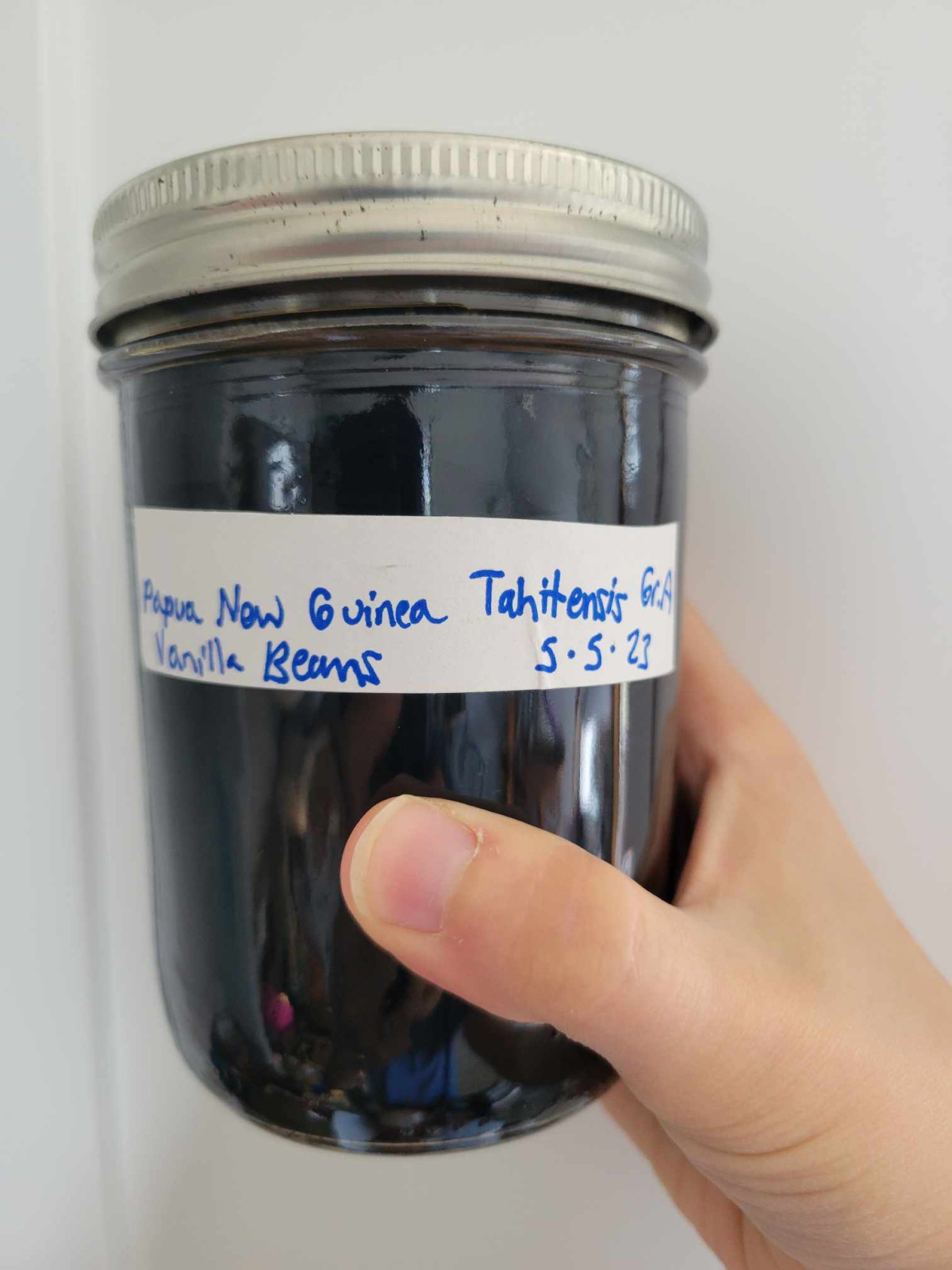
Ingredients and Equipment
- 1 oz vanilla beans
- 1 cup (8 oz) of vodka or other 70+ proof alcohol
- A clean glass jar with a tight-fitting lid
- A sharp knife
Step-by-Step Instructions
- Begin by splitting the vanilla beans lengthwise using a sharp knife. This exposes the tiny seeds inside, which are packed with flavor.
- Cut the split beans into smaller pieces, approximately 1/2 inch long. This increases the surface area, allowing for better flavor extraction.
- Place the cut vanilla beans and any loose seeds into your clean glass jar.
- Pour the vodka or other alcohol over the beans, ensuring they are completely submerged. The alcohol acts as a solvent, extracting the vanilla flavor compounds.
- Seal the jar tightly with its lid and give it a vigorous shake to start the infusion process.
- Store the jar in a cool, dark place at room temperature. A pantry or kitchen cupboard away from heat sources is ideal.
- For the first week or two, shake the jar daily. After that, reduce the frequency to once or twice a week.
- Allow the extract to steep for a minimum of 6 months. Before using, make sure it smells like vanilla when opening, not alcohol. For the best flavor, patience is key – waiting 12-18 months will result in a richer, more complex vanilla extract. I try to wait 18-24 months! Or increase the amount of beans per 8oz of alcohol in order to speed up the extraction process a bit.
Tips for Success
- Choose high-quality vanilla beans for the best flavor. Madagascar, Tahitian, and Mexican vanilla beans are popular choices, each offering slightly different flavor profiles. I have used these or (ideally) ordered from a co-op like this in the past and REALLY liked them, but they are not always immediately available.
- The type of alcohol you use can affect the final taste. Vodka is a popular choice (and what I have always used) due to its neutral flavor, but you can experiment with rum or bourbon for different flavor notes.
- As you use your extract, you can continue to top it off with more alcohol. This "perpetual" method allows you to maintain your vanilla extract indefinitely. I don't choose to do it this way, I personally make new batches every so often so I am more clear on how long it's gone and when it's ready. Plus then I can experiment with different types of beans for flavor.
- When the flavor begins to weaken, simply add fresh vanilla beans to the jar to reinvigorate the extract. I have just taken my old beans and made vanilla sugar or thrown them in a jar with a small amount of alcohol to collect all the old beans and eventually use that down the road too. Nothing goes to waste!
Benefits of Homemade Vanilla Extract
- Cost-effectiveness: While the initial investment in vanilla beans may seem high, homemade extract is more economical in the long run, especially for frequent bakers.
- Quality control: You can ensure the purity of your extract by using high-quality ingredients and avoiding artificial additives.
- Customization: Experiment with different types of vanilla beans or alcohols to create unique flavor profiles.
- Gift-giving potential: Homemade vanilla extract makes an excellent gift for food enthusiasts and home bakers. I gave vanilla extract for Christmas two years ago and everyone loved it!

